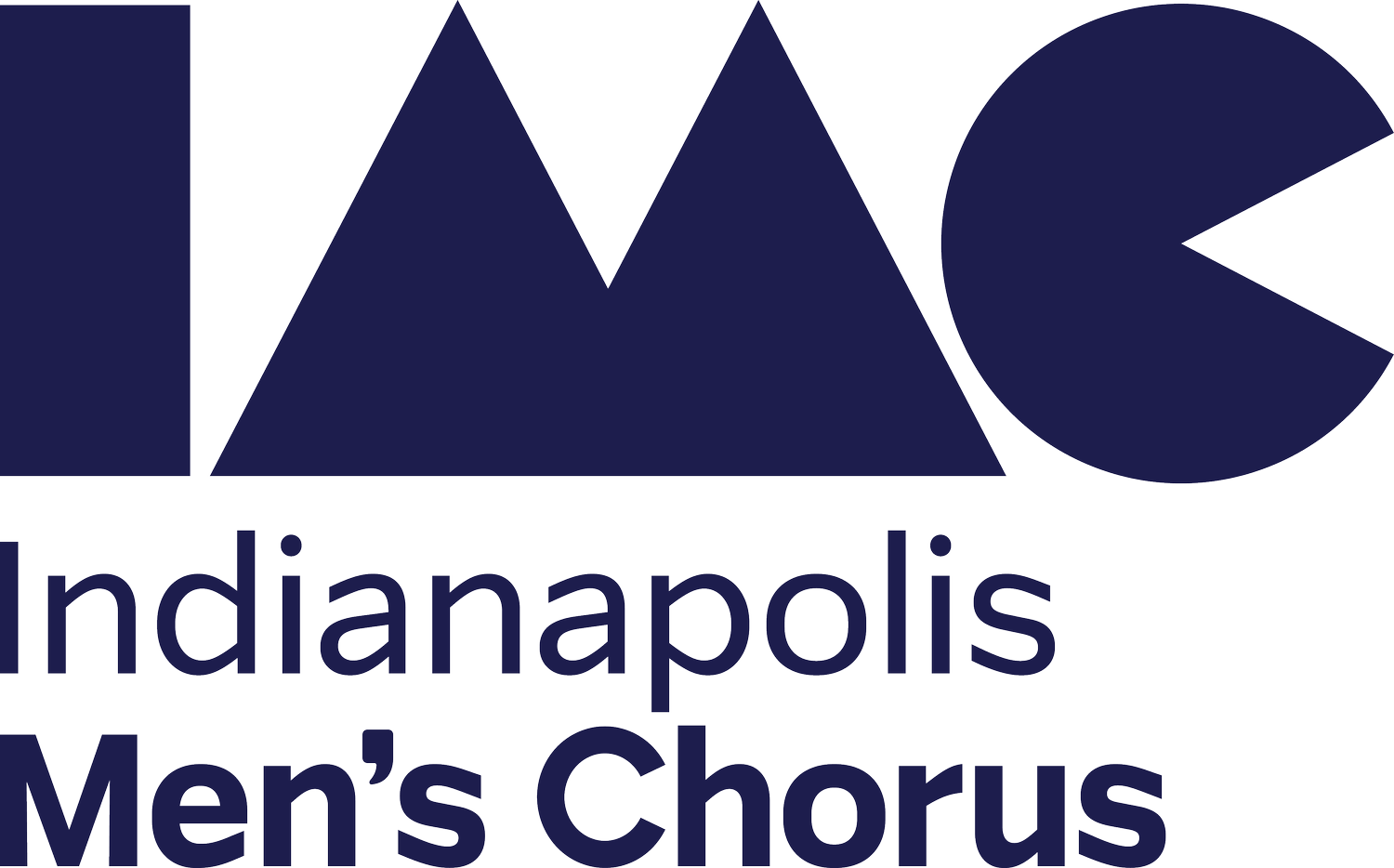Voices of Change: The Indianapolis Men’s Chorus and the Legacy of the Gay Chorus
Voices of Change: The Indianapolis Men’s Chorus and the Legacy of the Gay Chorus
By Stephen McCoy, Executive Director, Indianapolis Men’s Chorus
When people think of activism, they often picture rallies and speeches. Yet, for over four decades, gay choruses have demonstrated that change can happen through connection: one song, one story, one shared breath at a time.
From their beginnings in the late 1970s to their presence on some of the world’s most visible stages today, LGBTQ+ choruses have been a cultural force for visibility, empathy, and hope. The Indianapolis Men’s Chorus, now in its 36th season, is proud to stand within that legacy, a living example of how music can create change by opening hearts that might never be reached through argument and debate alone.
The Sound of Visibility: How It Began
The modern gay chorus movement began in 1978, when the San Francisco Gay Men’s Chorus first took the stage just months after the assassination of Harvey Milk. Their debut was more than a concert, it was an act of courage in a world where being openly gay could cost you your job, your family, or your safety.
When those first singers stood in front of their audience, they weren’t just performing; they were declaring their existence. They sang because silence had become too heavy to bear. Within a few years, choruses began to spring up across the country in New York, Los Angeles, Chicago, and soon Indianapolis, forming what would become a national movement: the Gay and Lesbian Association of Choruses, or GALA Choruses.
LGBTQ+ people were creating art about themselves, for themselves, and in front of their communities. That visibility was revolutionary.
Singing Through the Storm: The AIDS Crisis
In the 1980s and early 1990s, the gay choral movement became a lifeline for communities devastated by HIV/AIDS. Choirs sang at memorials, benefits, and hospital rooms, offering both comfort and courage when the broader world often looked away.
Every rehearsal became a space of care; every performance, a form of protest. When politicians refused to acknowledge the crisis, gay choruses sang louder. When grief threatened to silence entire communities, they sang anyway, sometimes through tears.
Many choruses, including the Indianapolis Men’s Chorus, were founded during or shortly after those years. Their songs became a way to process collective trauma and to affirm life in the face of death.
For many, joining a chorus meant finding the one place where it was safe to be seen. And for audiences, the music carried empathy in a way that reached beyond language.
From Protest to Pride: Expanding the Mission
As the years went on and society began to shift, the focus of many gay choruses evolved from survival to celebration. Choruses that once performed in secret now appeared on television, in major concert halls, and at civic events.
By the 2000s, they were no longer seen as niche, they were cultural ambassadors, using music to bridge divides and to model what inclusion can sound like.
The Indianapolis Men’s Chorus, for instance, performs not only at its mainstage concerts but also in schools, senior centers, and community events. From Pride celebrations to the Circle of Lights on Monument Circle. Every performance carries the same message: you belong here.
Today’s Activism: Connection Over Confrontation
Today’s activism takes many forms. It can sound like a hundred singers breathing together, reminding us that unity is possible. It can look like an audience discovering that pride, joy, and belonging are revolutionary acts in themselves.
The IMC and other GALA choruses now view activism as connection. Through programs like IMC’s Echo Project, singers visit schools to talk about bullying, resilience, and self-acceptance. They share their own stories, not to persuade, but to show what authenticity looks like in action.
That, too, is activism. Because every time a chorus makes a space safer, every time a song helps someone feel seen, the world becomes a little more just.
Harmony as Healing
At its heart, music is the art of listening. To one another, to dissonance, and to what happens when difference resolves into harmony. That’s why the gay chorus movement has endured: because it reminds us that diversity doesn’t mean division.
When 100 voices come together, each unique yet aligned toward a shared purpose, they model the kind of world we all want to live in.
As the Indianapolis Men’s Chorus continues its work, from The Holiday Show to outreach across Central Indiana, its activism remains rooted in that simple truth: our collective voice is our most powerful instrument for change.
About the Indianapolis Men’s Chorus
Founded in 1990, the Indianapolis Men’s Chorus exists to entertain, educate, and promote inclusive community through musical excellence. A proud member of GALA Choruses, IMC performs for thousands annually across Indiana and beyond, using music to celebrate authenticity, foster connection, and make the world a more harmonious place.
For more information:
